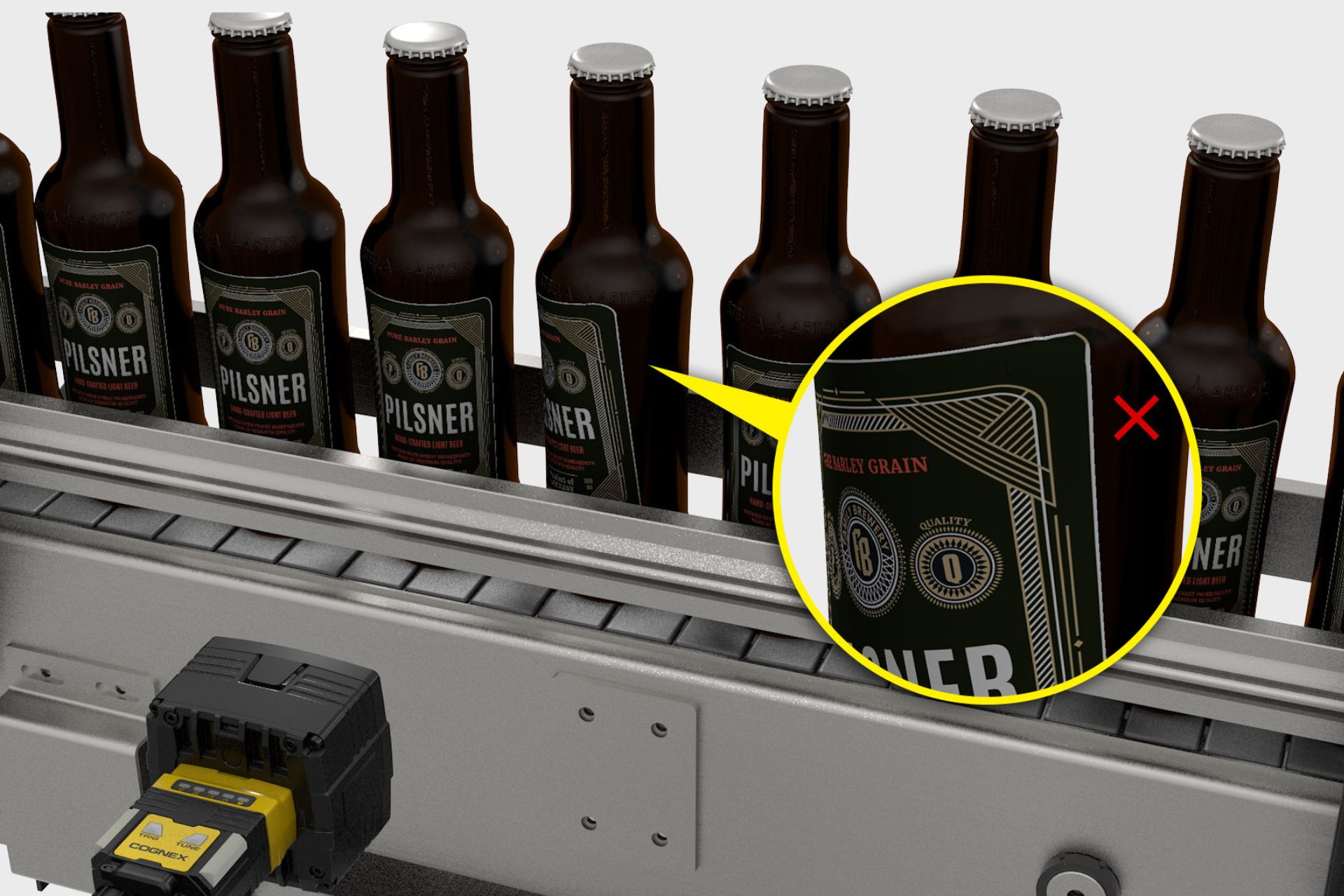In the realm of vision intelligence, computer vision and machine vision are often regarded as interchangeable terms, yet they represent distinct yet complementary technologies.
In this blog post, we’ll explore the similarities and differences between computer and machine vision, their applications, and the blurring of lines between them.
Computer vision
Computer vision encompasses the automation and analysis of images across various theoretical and practical applications.
Its primary focus lies in the advanced image analysis function, revolutionising industries across the board.
Where machine vision shines
On the other hand, machine vision is the practical application of computer vision in industrial processes, delivering specific outcomes based on image analysis.
Employing software to identify pre-programmed features, the vision system triggers a series of set actions based on its findings.
Imagine a bottling facility in the food and beverage industry. The machine vision system skilfully identifies and verifies multiple critical aspects, including damage-free bottles, correct fill levels, accurate labels, and properly sealed lids.
Depending on the pre-coded software, the system initiates various actions, such as sorting products or halting the production line when necessary.
The common components
Both computer vision and machine vision systems share fundamental components, including imaging devices (cameras with sensors and lenses), image capture boards, suitable lighting, and image processing software.
While a computer is traditionally involved, “smart cameras” have emerged, capable of processing within the camera itself.
The evolutionary merge
Over time, the lines between computer vision and machine vision have blurred, expanding their applications beyond traditional industrial environments. Machine vision finds new horizons in high-end surveillance, biomedical sciences, and even enhancing image-based recognition in internet search engines.
As the boundaries converge, the collaborative prowess of computer vision and machine vision shapes a dynamic future for visual intelligence.
These technologies continue to empower industries, revolutionising automation, and unlocking unprecedented possibilities.

